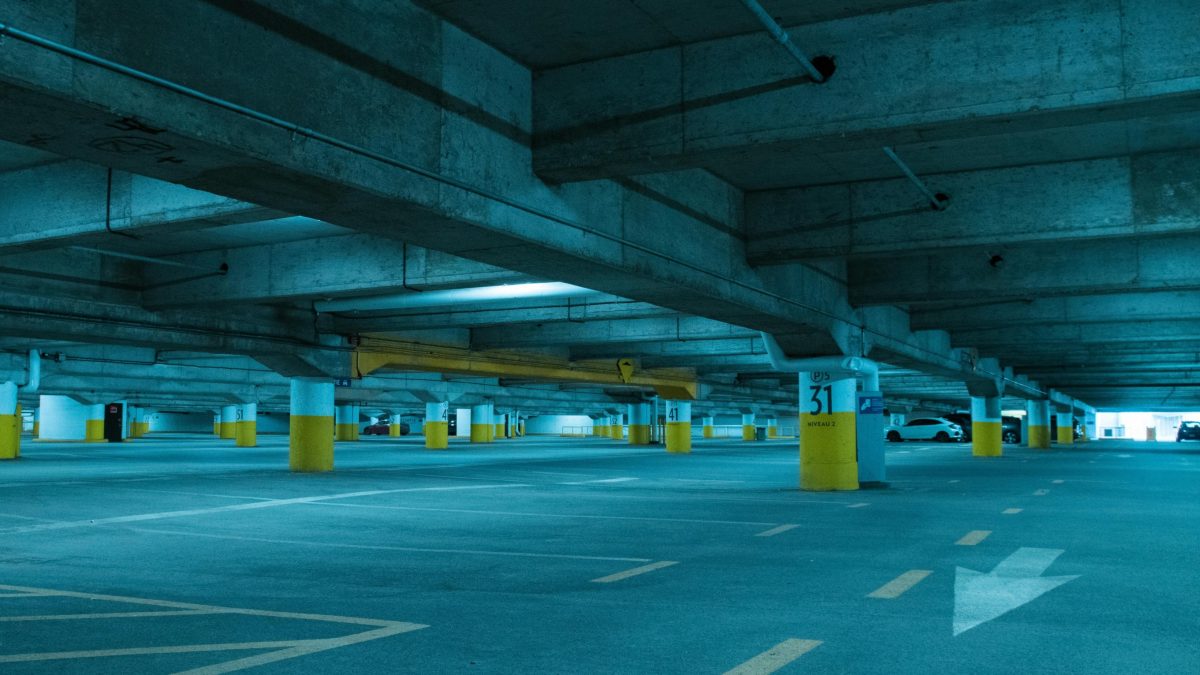If you live in a Delhi housing society, you’ve probably heard the usual parking complaints “Who took my spot?” or “Why are outsiders parking here again?” Parking in our colonies has become a serious headache. But here’s the good news: there are real government rules to help us sort this out, and RWAs can use them to keep peace and order.
Back in 2017, the Delhi Transport Department came up with the Delhi Maintenance and Management of Parking Places Rules. While still technically a draft, these rules are the blueprint for how parking should be managed not just on public roads, but inside our societies too.
Why should we care about these rules?
Let’s face it, Delhi’s roads and colonies are bursting at the seams with vehicles. Yet, parking space is as rare as a cool breeze in summer. Without clear rules, people park anywhere: on footpaths, near intersections, or even on green spaces where kids play. This isn’t just annoying, it’s unsafe.
RWAs try their best to manage this chaos, but without a legal framework, everything is just talk and occasional fights. That’s where these parking rules help. They give us a legal basis to say who can park where, when, and how much space to leave free for emergency vehicles.
What do the rules actually say?
Here’s a simple breakdown:
- Consultation with RWAs: The government wants local bodies to work with RWAs when making parking plans for neighborhoods. This means your society should have a say in how parking is arranged.
- No parking zones: Parking on footpaths, green patches, or within 25 meters of road intersections is a strict no-no. This keeps pedestrians safe and traffic flowing.
- Emergency lanes: One lane must always be free for fire trucks, ambulances, or police vehicles. It’s a lifesaver in emergencies, so RWAs must keep these lanes clear.
- Permits for residents & visitors: The rules encourage issuing stickers or passes to control who parks inside. This helps stop outsiders from hogging your space.
- Parking fees: On-street parking fees should be at least twice the rate of off-street parking, and they should get more expensive the longer you park. It’s a way to discourage people from leaving cars on the road all day.
How can RWAs use these rules?
You might wonder, “This sounds great, but how do we actually make it work in our society?” Here’s what you can do:
- Start with a survey to know exactly how many vehicles need parking and how many slots exist.
- Write a parking policy based on the rules, who gets what space, how visitor parking works, and what happens if someone breaks the rules.
- Use stickers or digital passes for resident vehicles and short-term visitor permits.
- Paint clear markings for parking bays, visitor areas, and especially for emergency lanes.
- If outsiders park on public roads near your colony, don’t hesitate to contact the Delhi Traffic Police for enforcement.
- Keep residents in the loop with notices and reminders, so everyone knows what’s expected.
What happens if rules are broken?
Delhi Traffic Police can fine or tow vehicles parked illegally whether on public roads or inside your society if it’s blocking emergency access or no-parking zones. RWAs can also enforce penalties for repeated violations if these rules are in your society bylaws.
Important clauses from the official rules
Here are a few nuggets to remember:
- RWAs should be consulted on parking plans.
- On-street parking fees should be at least double off-street rates.
- No parking on footpaths, green areas, or within 25 meters of intersections.
- One lane must remain free for emergencies.
- RWAs can help monitor and report parking violations.
Parking will likely remain a tricky issue for Delhi RWAs, but these rules give us a fighting chance to manage it fairly and safely. Instead of endless disputes, your society can lean on these government-backed guidelines and keep things orderly.
If you haven’t already, take a look at the official rules and share it with your residents.
📥 Download the official Delhi parking rules PDF


